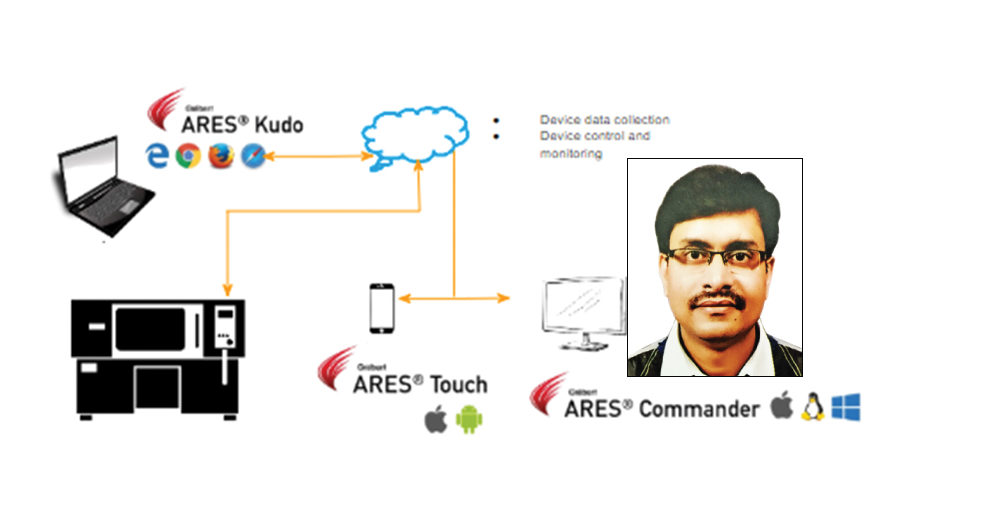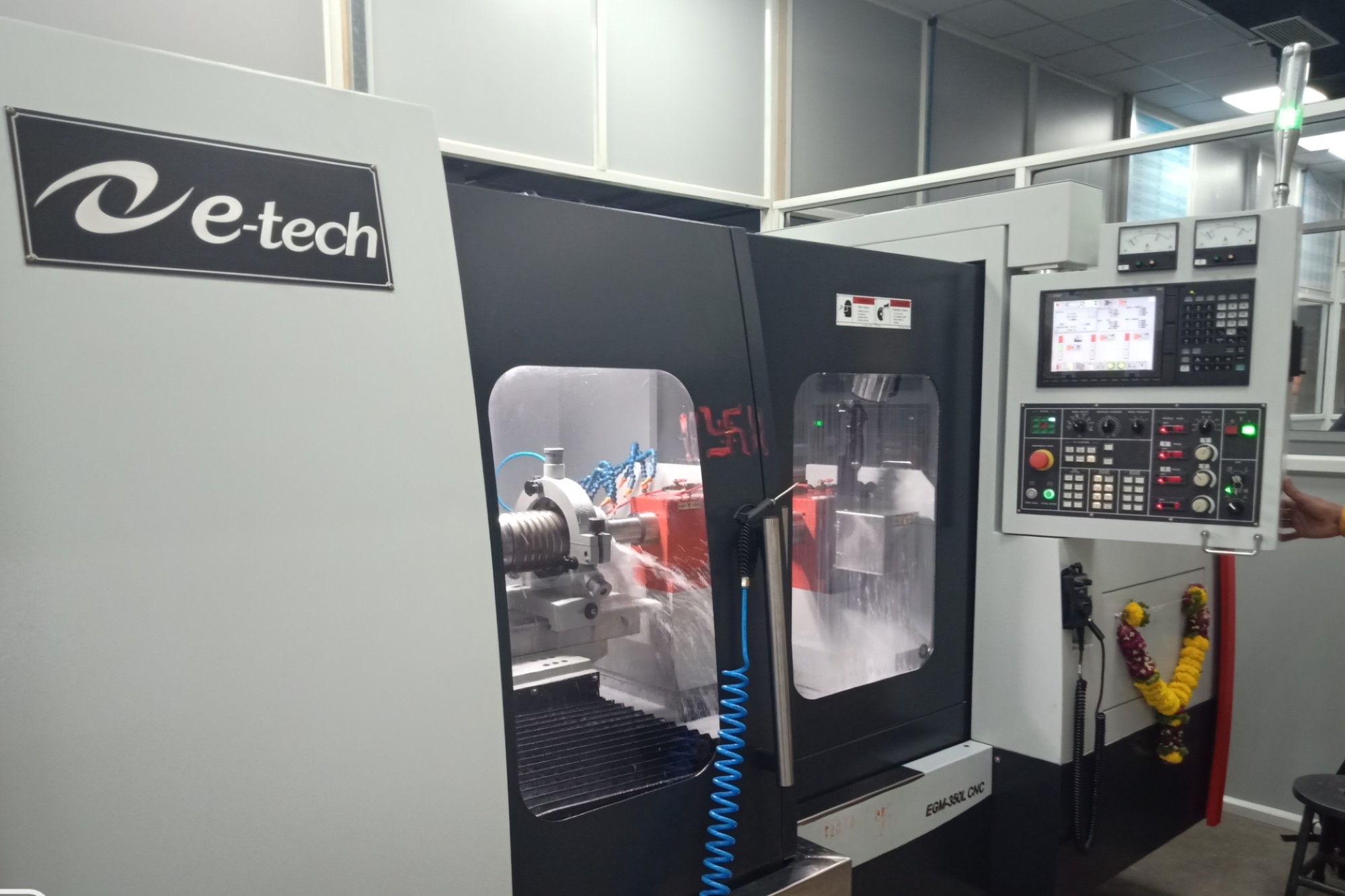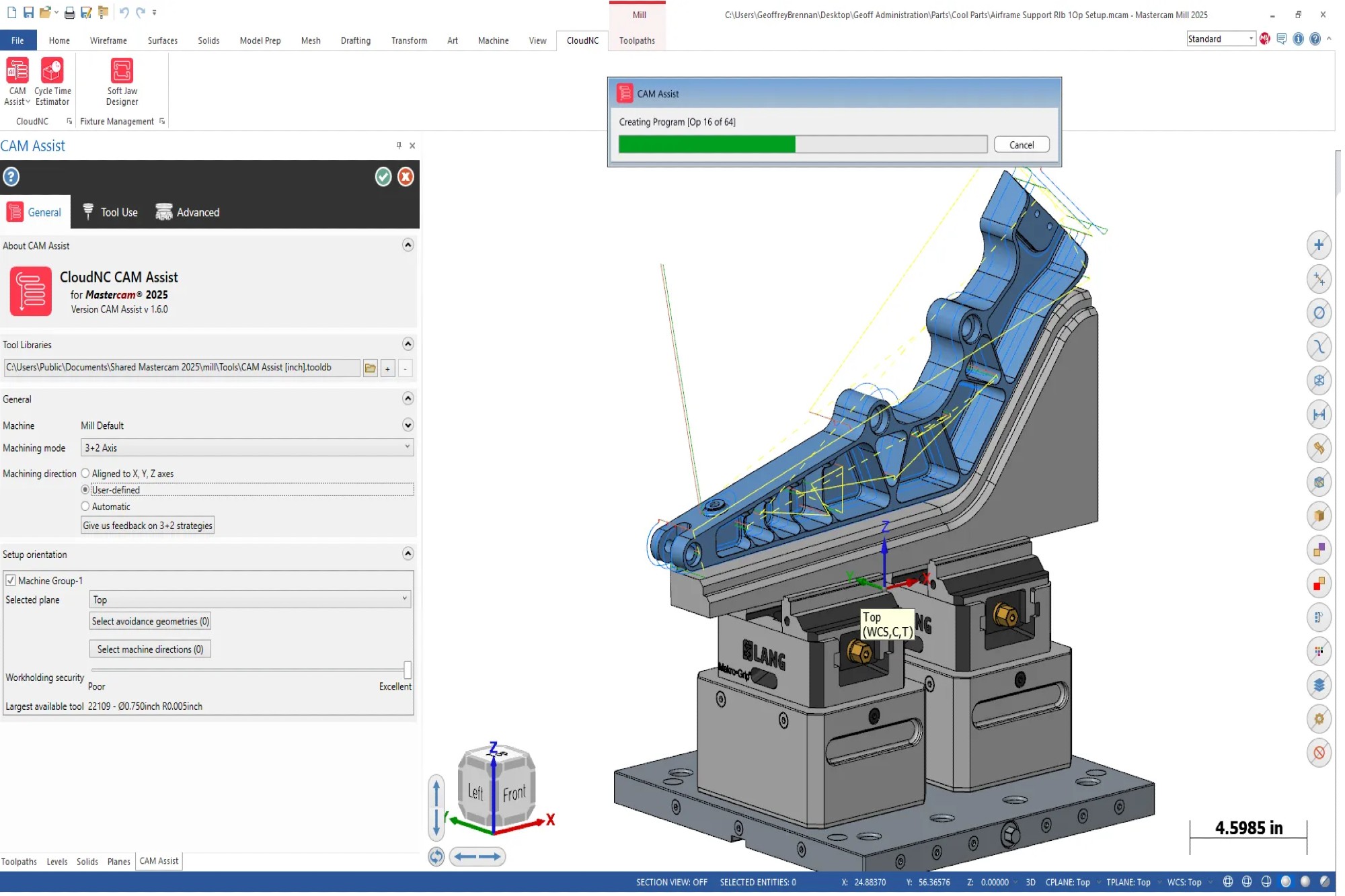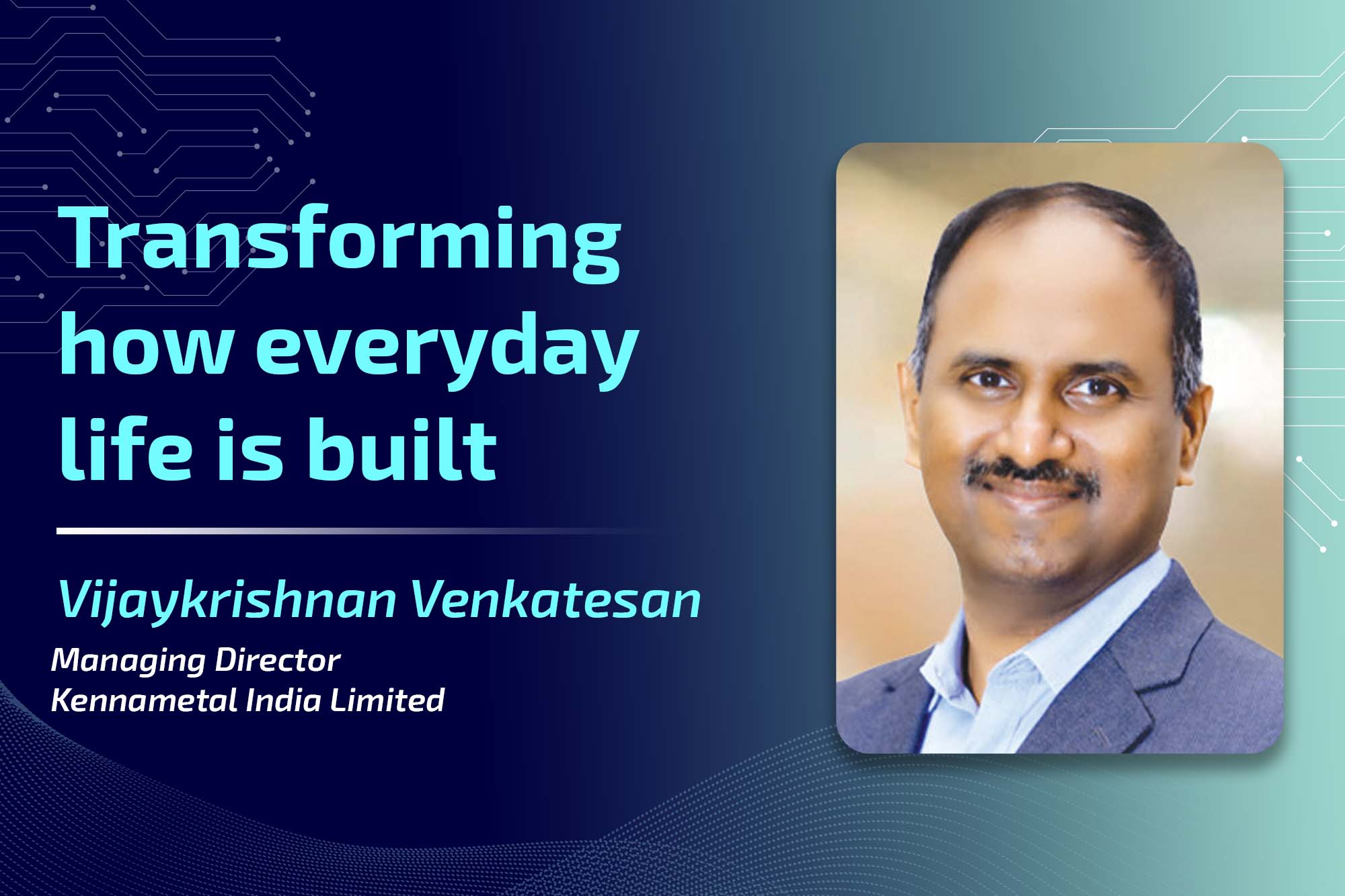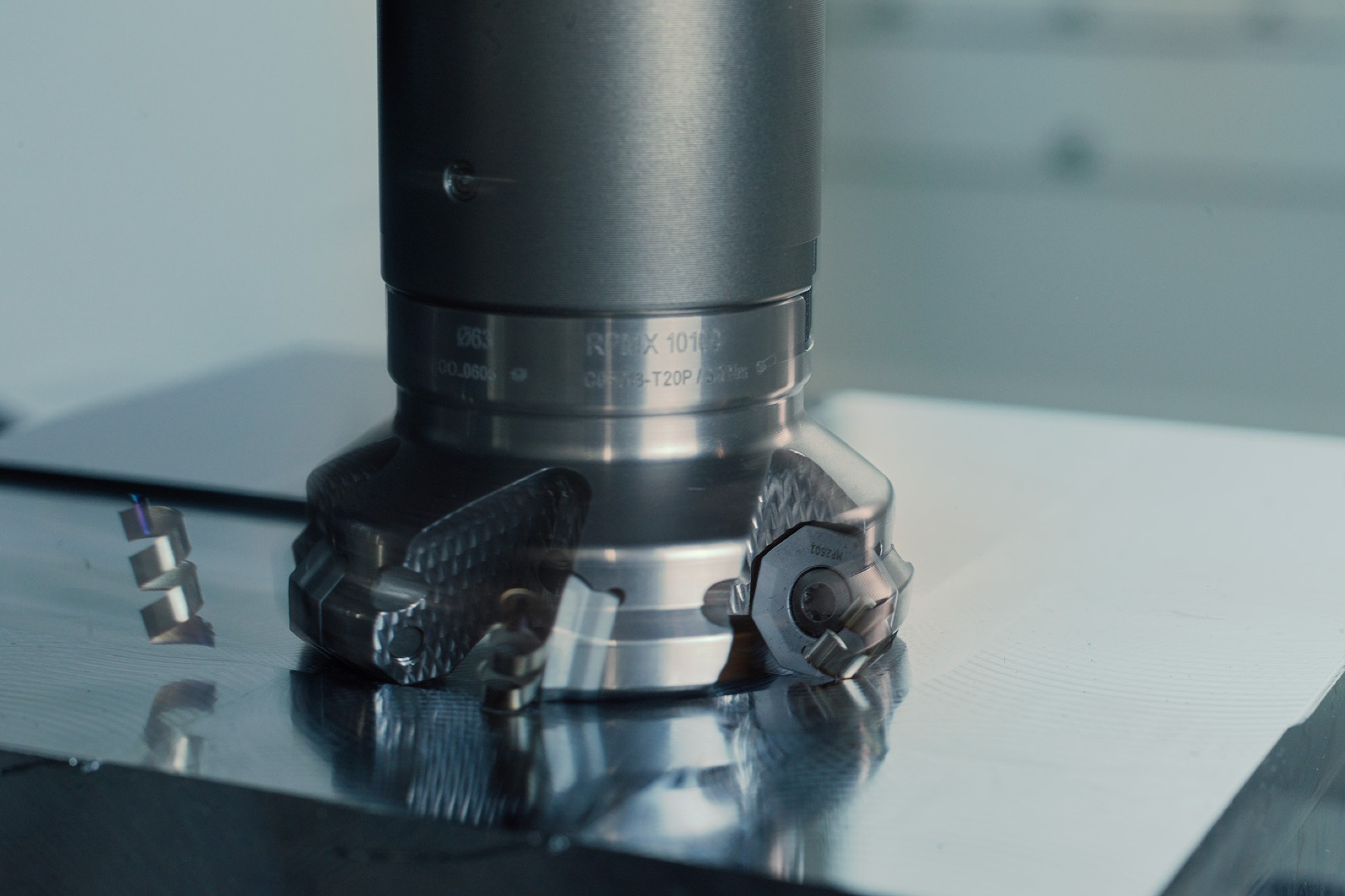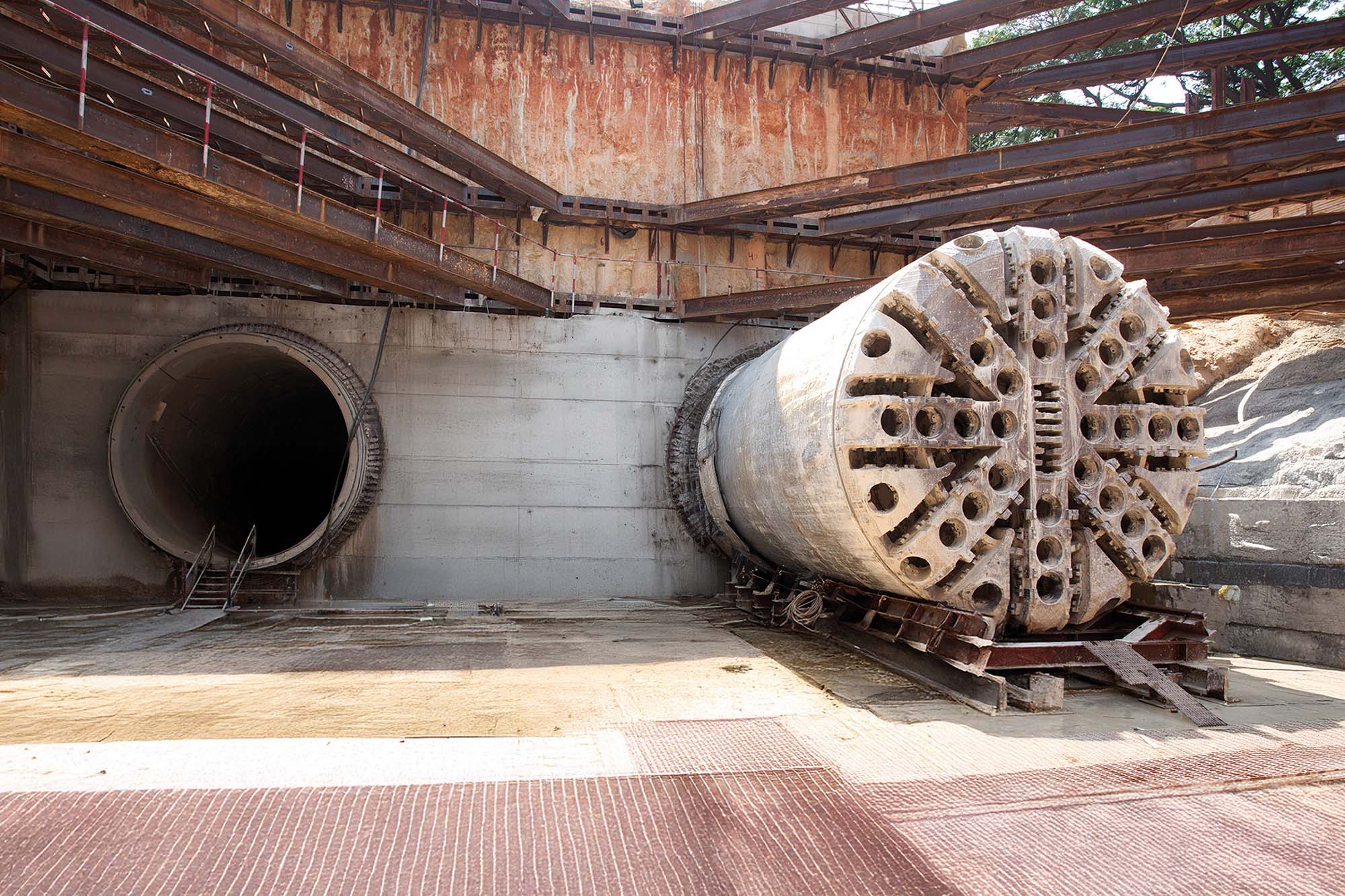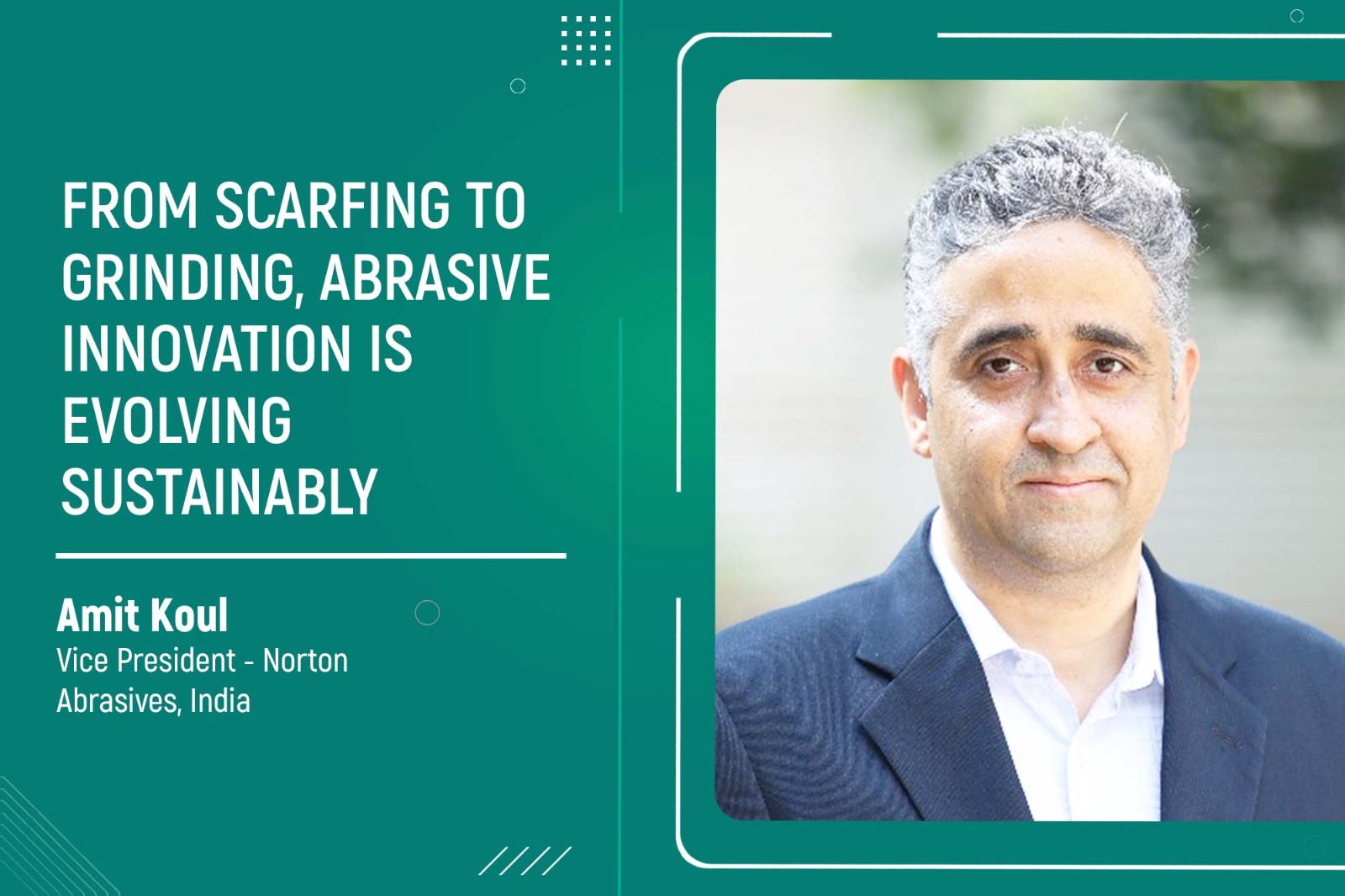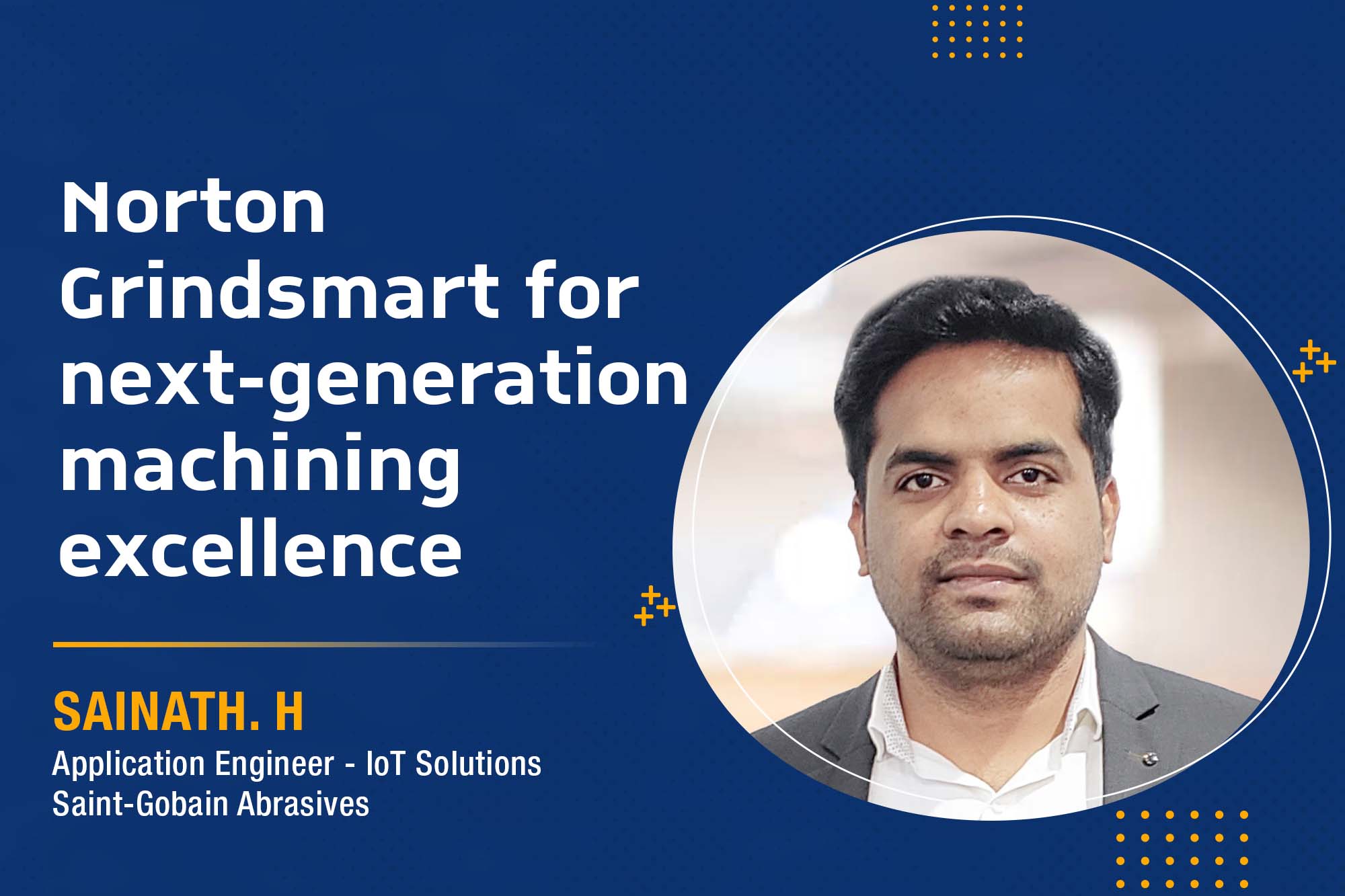Industrial Internet to open new job market
By OEM Update Editorial June 12, 2018 3:33 pm IST
Rajesh Garg,
MD, Graebert India Software Pvt Ltd
IIoT is making manufacturing smarter, reducing overall production time, cost, electricity consumption and of course last but not the least is human efforts.
Internet of Things
We have been taught, inanimate things never talk with us. What if, these inanimate things start talking and provide information like living things. Feeling thrilled!
Inanimate things can talk to each other using new technology storm – Internet of Things or IoT! Yes, you read it correct. Your clock can calculate the time you need to reach your office by considering traffic on your office road and will alarm accordingly to wake up you. Alarm will also tell your coffee machine to prepare coffee for you. IoT in short is enabling things around you to send information over the Internet.
What is Industrial Internet of Things
Nowadays, there is lot of hype about Industrial IoT (IIoT) and how it is useful for any business. IIoT is nothing but an industrial implementation of Internet of Things. IIoT is the digital transformation of the business, connect the real time operating data and create predictive analytics which allow people work collaboratively and efficiently. Hardware components involved in IIoT are sensor, RFID (radio frequency identification), smart mobile phones, condition monitoring, distributed control system, cameras and many more. Artificial Intelligence and virtual reality is something exciting happening as a part of IIoT. The IIoT is still at an early stage, similar to where the Internet was in the late 90s.
Why IIoT
IIoT is making manufacturing smarter, reducing overall production time, cost, electricity consumption and of course last but not the least is human efforts. Most manufacturers, energy companies, agriculture producers and healthcare providers, are adopting this technology either because of increased revenues or savings. The industrial Internet will provide many opportunities for citizens and governments at all levels to improve government services and enhance the quality of life. IIoT will be useful for many industrial sectors like manufacturing, logistics, power generation, mining oil and gas, and supply chain.
Applications of IIoT
Predictive maintenance of machine in manufacturing industry
For any manufacturing industry, the big threat is production loss because of unplanned downtime. Sometimes routine preventive maintenance will also not guarantee of unavoidable breakdown. This can be overcome by predictive maintenance of machine.
Predictive analytic use historical data, this data can be used to draw reliable conclusion about current condition of the overall machine and of individual machine parts. Historical data helps to identify potential risk and preventive action before failure or breakdown happens.
Various sensors can be used to collect the data to understand the condition of parts and functional behavioural changes like oil level, oil and grease viscosity index, and overall condition of the machine and send this information to the cloud via the IoT gateway. Maintenance person will be informed as and when there is a risk of failure. This IIoT solution provides more intelligent and cost-effective maintenance plan.
Automobile industry
Another use case is of automobile industry. Uses of robotics arm is favourite in automobile industry, they are used for various purposes like welding or for assembling the parts etc. While assembling the parts, robots detects parts from conveyor and pick and assemble. Sometimes even if there is no parts on the belt then also robotic arm keep moving and waste electrical energy, this wastage can be avoided using IIoT technology. With the help of smart automation robots can easily identify objects in 3D space.
IIoT has been used for the improvement of worker productivity, safety and working conditions.
Impact on agriculture sector
IIoT devices can also be used in agriculture to increase the crop production, to maintain crop quality. Sensors will be put inside soil to better manage and gather data in terms of acidity levels, temperature and variables that help in crop yields.
What’s next?
IoT is going to be next industrial revolution, which will change life of human being as never before. Research says by 2020, there will be up to 21 billion connected devices. More and more companies, cities will become smart. Industrial Internet will open new job market, most of the skills will remain same, but will require greater analytical abilities and skills in the use of digital technology.
The future belongs to those who believe in the beauty of their dreams. Graebert has seen future of IIoT and started taking baby steps before 2014. Dream came true when the company had taken the first step by launching world’s first mobile based industrial solution ARES Touch in 2015 and Cloud-based industrial solution ARES Kudo in 2016.
ARES Touch
Today customers own an increasing number of computers and mobiles devices. Naturally, they want to be able to work seamlessly from all these devices. Android and iOS have been designed with these users in mind. One can experience the flexibility of Graebert’s Cross-device CAD Experience with ARES Touch, the first and most complete CAD solution ever seen on Android and iOS. He/she can create and modify DWG drawings on tablets and smartphones with more than 150 features and commands.
ARES Kudo
ARES Kudo works like a hub for all DWG files (other supported formats include DXF and DWT). Instead of introducing one more Cloud storage service, Graebert simplifies connecting all the Cloud storages that are already in use.
Supported Cloud storages include Box, Dropbox, Google Drive or industry-specific Cloud storages such as Trimble Connect. ARES Kudo connects them altogether and enables browse or search across all of them.
Graebert has been working with world-known organisations to implement IIoT, and helping them to achieve new horizons of success using ARES Touch and ARES Kudo.
Author
Rajesh Garg, MD
Graebert India Software Pvt Ltd
www.graebert.in, www.graebert.com
Cookie Consent
We use cookies to personalize your experience. By continuing to visit this website you agree to our Terms & Conditions, Privacy Policy and Cookie Policy.



